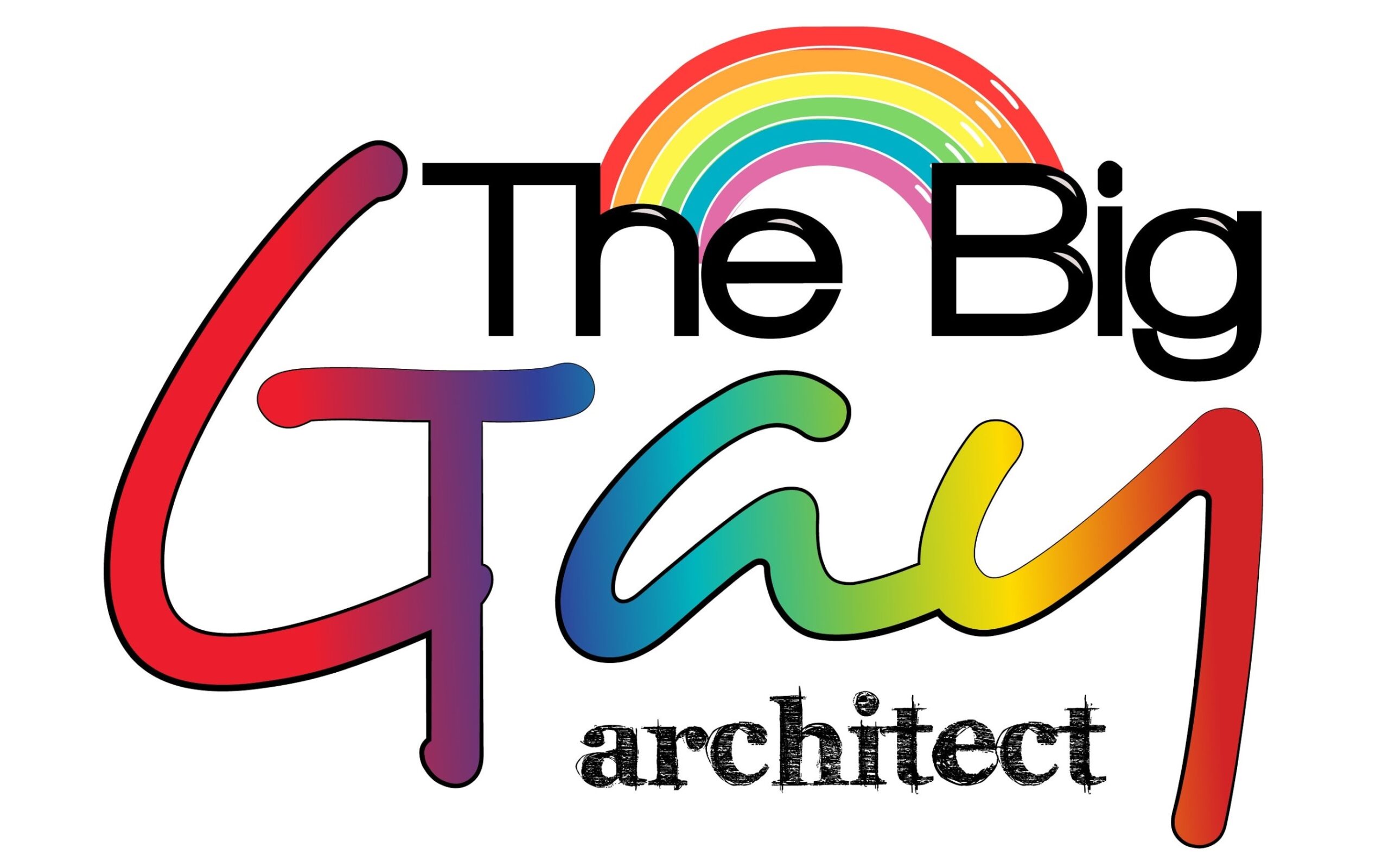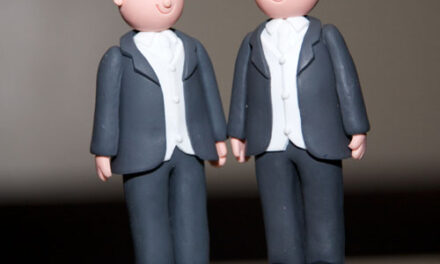Dorothy said it best: “There’s no place like home.” And to be clear, that’s The Wizard of Oz Dorothy, not The Golden Girls Dorothy—she would more likely tell you you’re one chromosome away from being a potato. But for most of us, the truth is there really is no place like home. Every time we head back from vacation, we always comment about how great it will be to sleep in our own bed.
Home is warm and fuzzy. Comforting. Protective. Or home should be.
I remember working on a house addition and renovation very early in my career when, one afternoon, this very uncomfortable feeling washed over me. Nothing overt happened, but the husband made a comment to his wife and kids that left me wondering how often he might abuse them. I would never know, or even dare to ask, because neither health, safety, nor welfare extended beyond the built environment.
As residential architects, we spend our time creating places where we imagine people enjoying life—spending time with their families, having friends over for dinner. We don’t think about what happens when the doors close and we walk away. We don’t hear about domestic violence. We never think that the client’s children may end up in foster care.
Because we expect home to be safe. Our families to be safe. The place where, when you go there, they have to take you in. But if this were true, queer youth wouldn’t be wandering the streets, struggling to find their next meal or a place to sleep—or worse, engaging in survival sex just to meet their basic needs.
Surveys vary on the extent of homelessness or housing instability at some point in the lives of queer youth. One study puts that number at 28%, with higher rates among trans and nonbinary youth. A friend shared years ago that when he came out in high school, he promptly found himself on the street. If not for an older gay couple taking him in, he could easily have ended up in and out of shelters, trying to pull his future together.
So what happens when home isn’t safe? When families are not welcoming? We create new ones. We find the spaces where we can be ourselves. We surround ourselves with people who can support us—even if that just means having someone to vent to after a frustrating family holiday or phone call.
Working in architecture isn’t much different. We find a home where we feel comfortable—where we are around people who have a positive influence on our development as architects. Over time, we create a family that hopefully makes us feel safe. Having spent most of my career working for small firms, I find this especially true. Firm becomes family.
However, as a queer architect, I’ve wondered how many of my queer colleagues have lived lives where they haven’t felt safe—and how that has impacted their careers. I once met an architect at the National Gay and Lesbian Chamber of Commerce conference who came out first as gay, then as transgender—sort of easing her family into the idea. Except her mother stopped talking to her for two years.
But we take those lived experiences—good and bad—and allow them to infuse what we do as architects and designers, whether that’s working on projects or engaging with clients. And while those experiences aren’t always positive, I think at the end of the day we still want to be standing in red slippers, clicking our heels, and reminding ourselves that there really is no place like home.
Or maybe pondering telling someone to go suck on a landmine.





